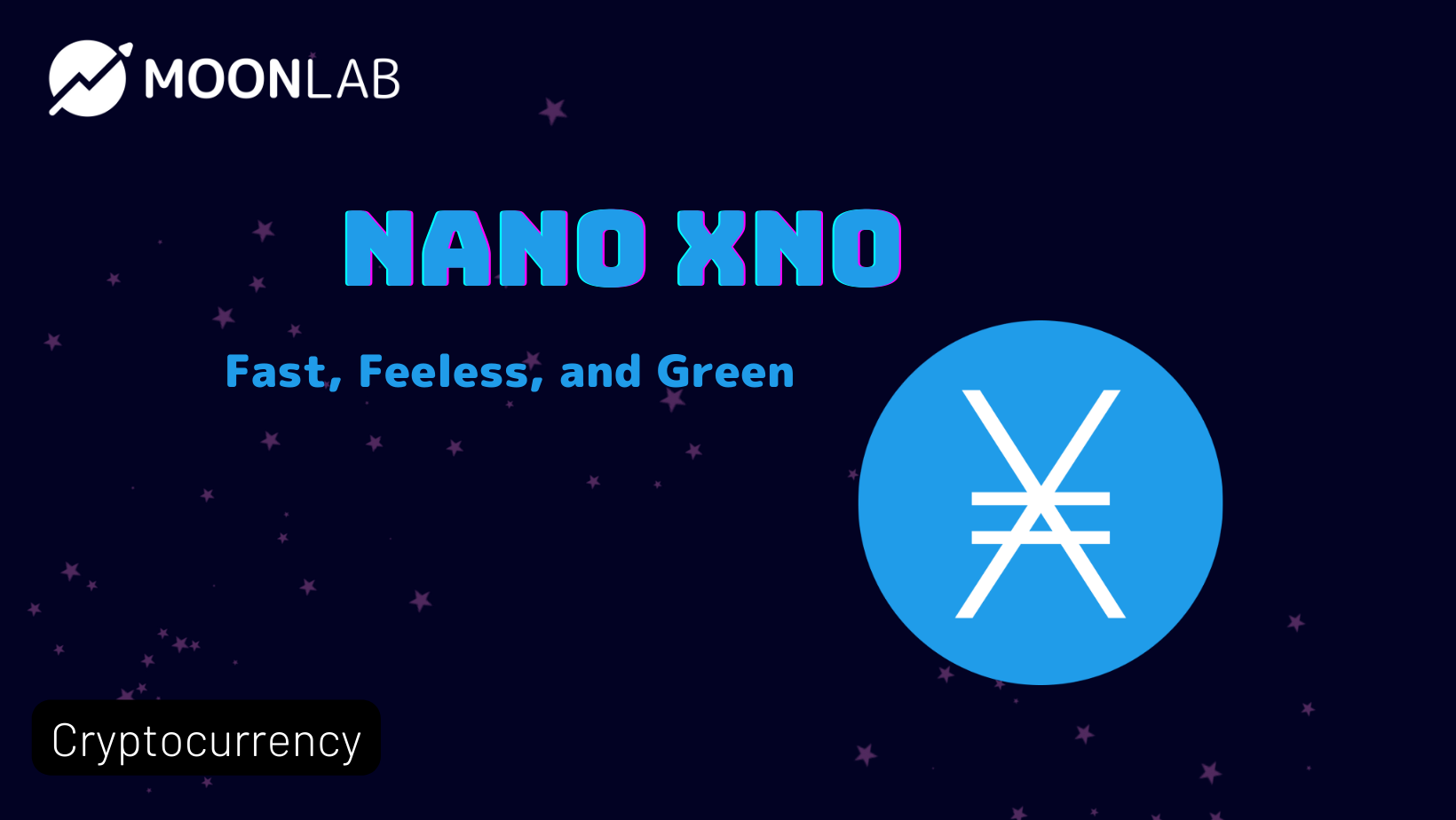
Nano XNO: Fast, Feeless, and Green
Nano, previously known as RaiBlocks, is a secure, instant, and fee-less cryptocurrency coin. Nano is designed to be true digital money.
Can you use Bitcoin as digital money? Of course, people do it all the time. But it’s not used for our mundane daily transactions. If I were to buy groceries with BTC, I may be in a hurry but then need to wait for the transaction to confirm with the merchant. I may only be spending $10, but need to spend $5 on the transaction fees. And then there’s an environmental impact, considering BTC’s network is supported by the energy intensive proof of work consensus. Doesn’t sound like such a good option anymore. That’s where Nano comes in.
Nano transactions are instant, cost nothing in fees, and have negligible energy consumption.
All of that while being completely scalable.
Tech:
Block Lattice: Most cryptocurrencies have one blockchain where blocks are added. This is why transactions can take longer when there’s a lot of activity on the network; gas fees sometimes need to be increased to bump up your transaction to be completed faster. Nano doesn’t have one single blockchain. Each user’s blockchain tracks their account balance, not their transaction amount; this contributes to the small size of each block. Small blocks are processed and confirmed at higher speeds. Nano sits at around 150 transactions per second, while BTC is at about 7.
Open Representative Voting (ORV): Because each user possesses total control over their own blockchain(as mentioned in Block Lattice section), distributed consensus protocols like PoW and PoS are not needed. Significantly less energy per transaction is used with the ORV method, compared to other popular networks. ORV allows accounts to choose Representative accounts on nodes to vote on the validity of transactions. Voting weight corresponds to the value of the sum of balances of accounts delegating to the Representative. Once a node sees a block reach a set quorum, it is confirmed.
*Nano does have a small PoW mechanism, separate from the ORV/Delegated Proof of Stake, to avoid the network being spammed.
Similar coins:
Banano – Banano is a fork of Nano, created as a meme. Similar to early Dogecoin, it has a highly active community.
Litecoin – also known for its high speeds and low fees, though not to the same extent.
Conclusion:
Nano provides one of the best options to transact currency at small or large quantities. There is no barrier to entry with fees, and it is extremely scalable. Security, decentralization, and privacy are also extremely important factors when dealing with a real world use case, and for these reasons I don't see Nano as a realistic real world currency. The technology behind it is still wonderful though :)
Sources & good places to learn more:
https://www.mycryptopedia.com/nano-block-lattice-explained/
https://docs.nano.org/what-is-nano/overview/

